Ancient people in the Kingdom of Judah may have gotten high off weed

More than 2,700 years ago, worshipers at a "holy of holies" shrine in Israel may have gotten high on weed. Researchers discovered burnt cannabis and frankincense at the site, which was located in the Kingdom of Judah.
Researchers made the discovery after analyzing ancient residues left on two altars at the shrine. The burnt cannabis is "the first known evidence of [a] hallucinogenic substance found in the Kingdom of Judah," a region that now includes parts of the West Bank and central Israel, the researchers wrote in the study.
Once the cannabis was burned at the Iron Age site, "we can assume that the religious altered state of consciousness in this shrine was an important part of the ceremonies that took place here," study lead researcher Eran Arie, the curator of Iron Age and Persian period archaeology at the Israel Museum in Jerusalem, told Live Science in an email.
Related: Image gallery: 7 potent medicinal plants
Archaeologists first excavated the site in the 1960s; they unearthed two fortresses, dating to from the ninth to the early sixth centuries B.C., that flanked the southern border of the Kingdom of Judah. During these excavations, archaeologists found a well-preserved shrine dating to about 750 B.C. to 715 B.C.
At the shrine's entrance were two limestone altars, one standing 18 inches (40 centimeters) high and the other 20 inches (50 cm) tall. Each altar had a shallow depression on top containing "round heaps of black solidified organic material," the researchers wrote in the study. Based on the altars' characteristics, researchers concluded this was a "holy of holies" shrine, meant to evoke the inner sanctum of the Tabernacle of the Israelites, where God was thought to appear. Tests of this black gunk in the 1960s gave mostly inconclusive results, noting only that one clump contained animal fat.
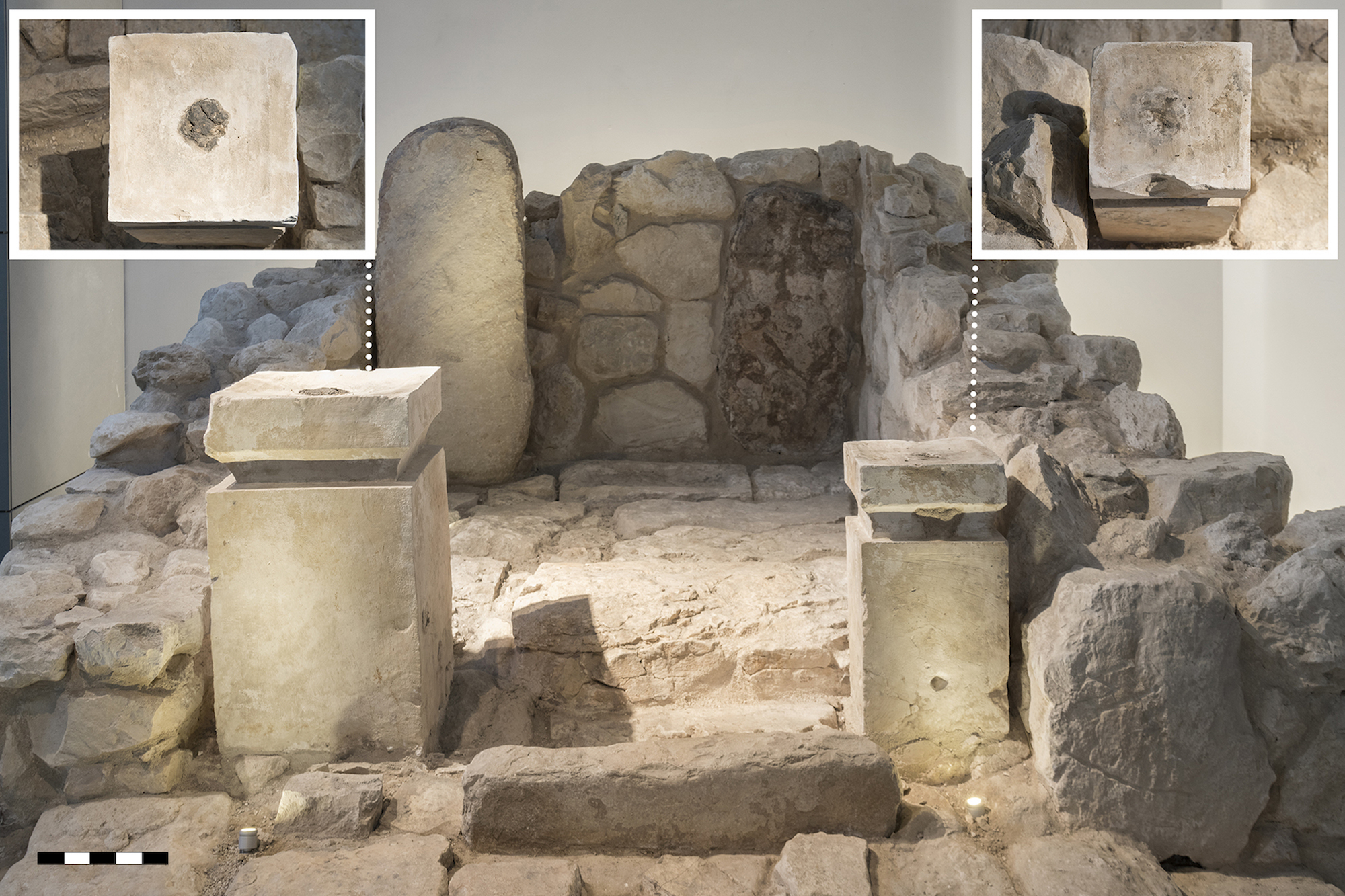
Image gallery
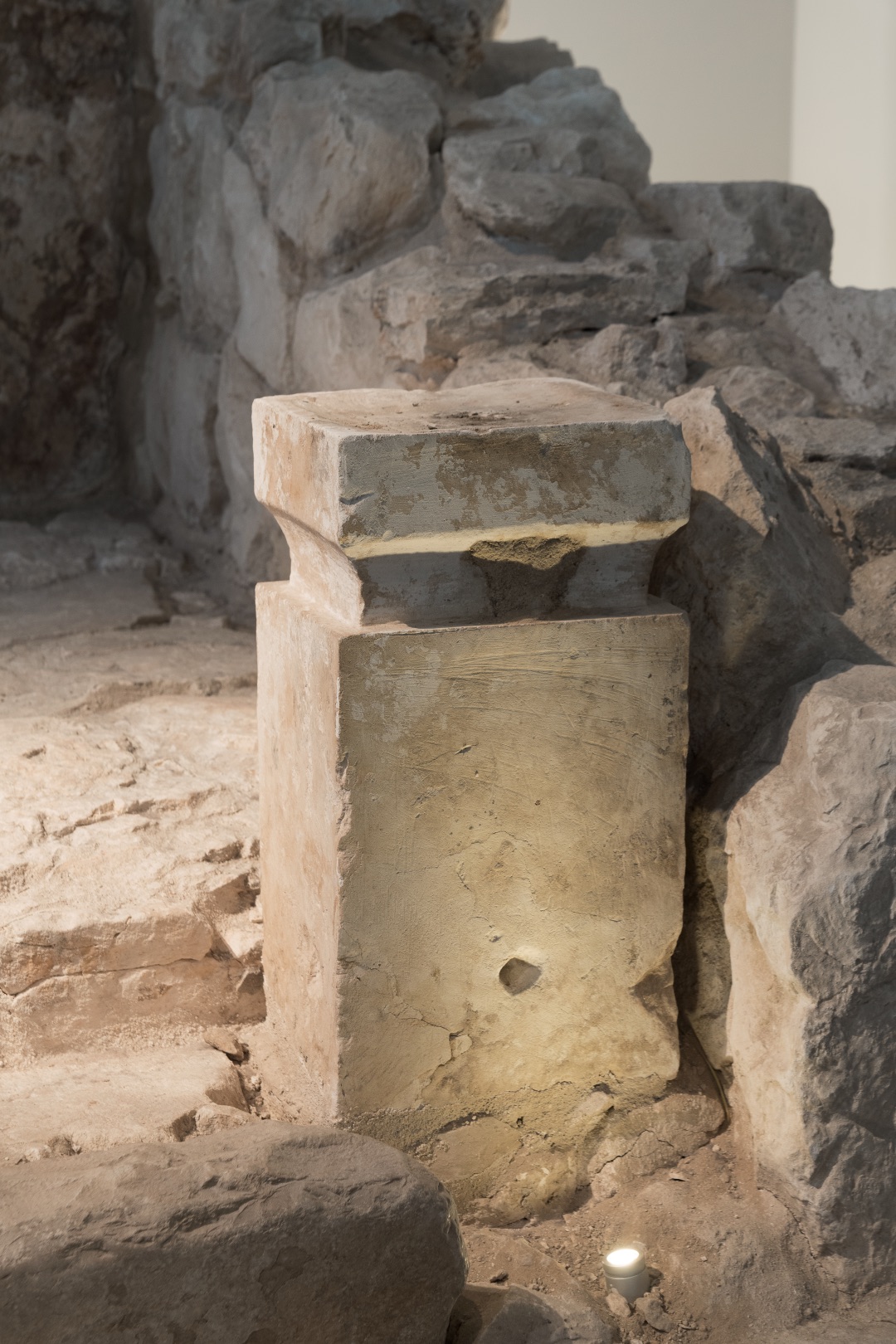
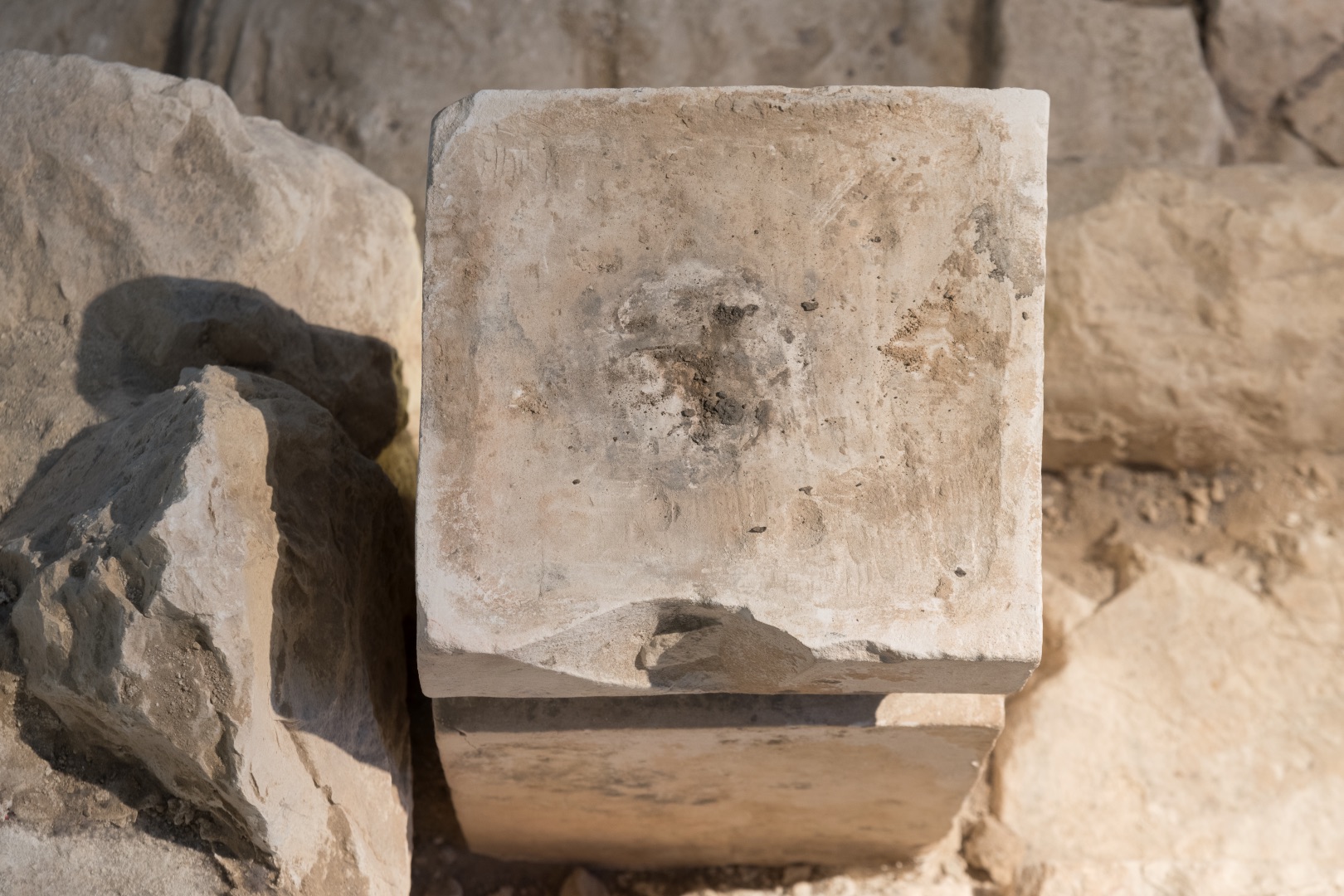


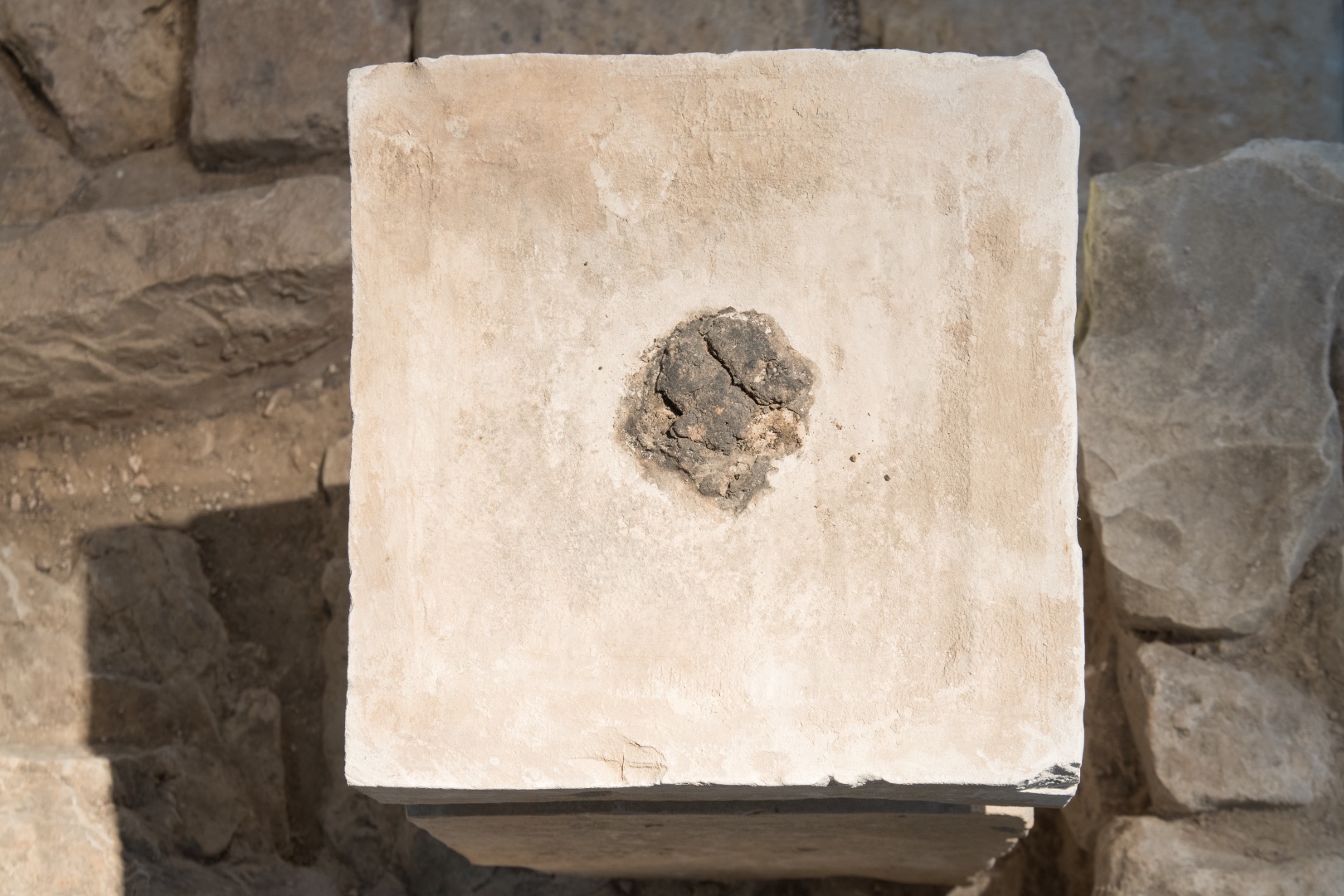
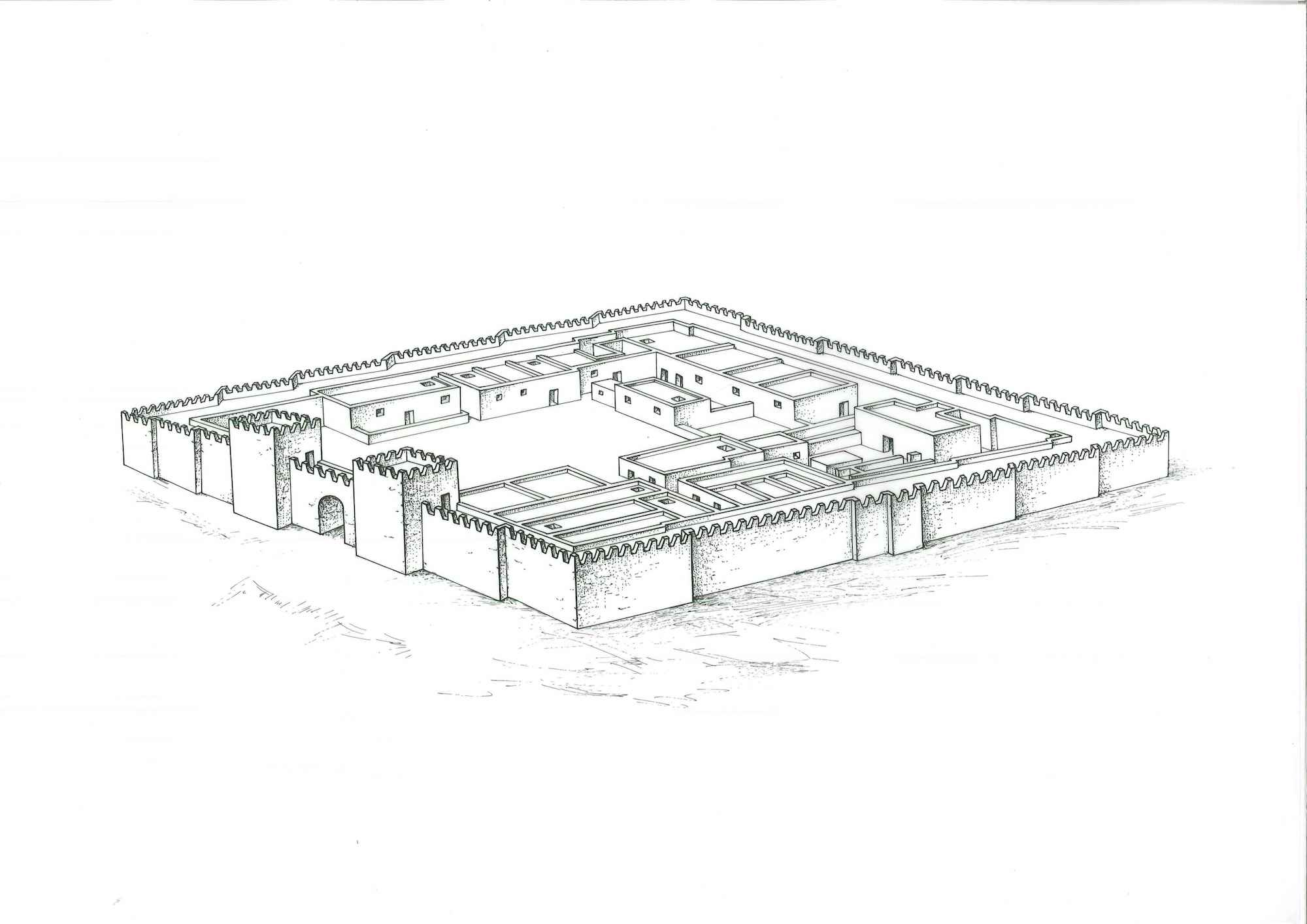
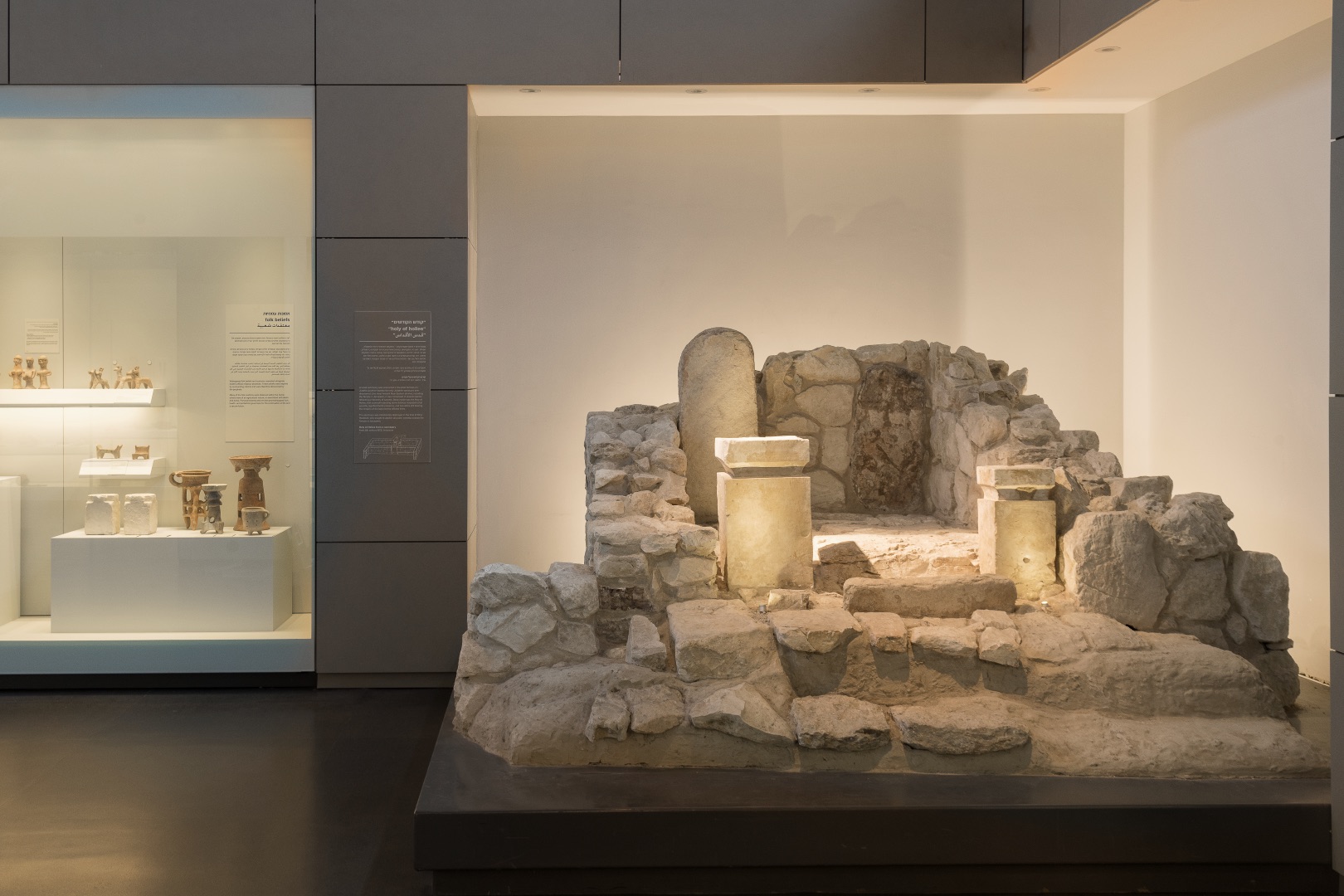
Arie decided to reanalyze this black material, especially since some residue still remained on the altars. He teamed up with study co-researcher Dvory Namdar, a senior research fellow at the Institute of Plant Sciences at the Volcani Center of Agricultural Research in Israel. Namdar has expertise in analyzing residue from ancient burned incense, but "we never thought we [would] reveal such an amazing find" as the cannabis, Arie said.
Get the world’s most fascinating discoveries delivered straight to your inbox.
However, Namdar was worried that the sample could have been contaminated; at the time, she worked in a lab that conducted cannabinoid research. So, the researchers "re-sampled the altars and verified the results in another laboratory at the Hebrew University of Jerusalem," Arie said. "The results were the same."
Ceremonial burning
The new tests revealed that the smaller altar contained burned cannabis and animal droppings. It appears that "animal dung was used as the fuel [to burn] the cannabis," Arie said. Dung burns more slowly than herbs, so it would have slowed down the burning process, he said.
The taller altar contained the remnants of frankincense and animal fat, which would have promoted evaporation of the aromatic tree resin. It's the earliest evidence that frankincense was used in a cultic practice in the Kingdom of Judah, Arie said.
Both of these findings provide clues about cultic practices in the Kingdom of Judah. In particular, the cannabis finding indicates that people may have purposefully used the plant for its "hallucinogenic ingredients," to stimulate ecstasy during cultic ceremonies, at least during the eighth century B.C., Arie said.
Practices at this shrine may also shed light on the First Temple, also known as Solomon's Temple, which was also in the Kingdom of Judah and in use at the same time. The shrine at Arad "was an official shrine of the Kingdom of Judah," Arie said, so it's possible that these findings can be "extra-biblical evidence" that similar practices were used in the First Temple, Arie said.
In other words, the bible mentions that frankincense was burned in the First Temple, but because this shrine used both cannabis and frankincense, these substances "were probably also (at least) part of the components of the incense that was burnt in the Temple in Jerusalem," Arie said.
Related: Photos: The ancient ruins of Shivta in southern Israel
Shopping around
Where did these burned ingredients originate? Frankincense comes from Arabia, so it's likely that the Kingdom of Judah took part in the south Arabian trade, even before the Assyrian empire encouraged such practices starting in 701 B.C., the researchers said. Moreover, it probably wasn't cheap. "The high value of frankincense is further reflected in the Bible, where its price is compared several times with that of gold and precious stones, and it is often described as a royal treasure," the researchers wrote in the study.
Cannabis, in contrast, isn't local to the Middle East. Rather, cannabis originated high on the Tibetan Plateau, according to a study of fossil pollen. What's more, there aren't any cannabis seeds or pollen remains known in the ancient Near East's archaeological record. So, it's possible that cannabis plants "may have been imported from distant origins and were transported as dried resin (commonly known as hashish)," the researchers wrote in the study.
The new finding "is revolutionary in making a case for the use of specialized psychoactive plants in early Israelite religion," said Patrick McGovern, the scientific director of the Biomolecular Archaeology Project at the Penn Museum in Philadelphia, who was not involved in the study.
However, McGovern said the study could have delved deeper into the cannabis findings. "The proposal that the cannabis was heated to release psychoactive compounds, rather than for its aroma as an incense (provided by the frankincense, in any case), is an intriguing proposition," he said.
It's interesting that the Hebrew Bible doesn't appear to mention cannabis use, and that there isn't any known archaeobotanical evidence for the plant at the shrine, he noted. That said, it may not be far-fetched, given that people in the Kingdom of Judah did use another mind-altering substance in rituals, namely alcohol, McGovern said. The study doesn't mention "the psychoactive properties of grape wine, which we know to have played a central role in early Israelite religion," McGovern said.
The study was published online yesterday (May 28) in the journal Tel Aviv.
- 25 Odd Facts About Marijuana
- 7 Ways Marijuana May Affect the Brain
- Mixing the Pot? 7 Ways Marijuana Interacts with Medicines
Originally published on Live Science.
OFFER: Save 45% on 'How It Works' 'All About Space' and 'All About History'!
For a limited time, you can take out a digital subscription to any of our best-selling science magazines for just $2.38 per month, or 45% off the standard price for the first three months.

Laura is the managing editor at Live Science. She also runs the archaeology section and the Life's Little Mysteries series. Her work has appeared in The New York Times, Scholastic, Popular Science and Spectrum, a site on autism research. She has won multiple awards from the Society of Professional Journalists and the Washington Newspaper Publishers Association for her reporting at a weekly newspaper near Seattle. Laura holds a bachelor's degree in English literature and psychology from Washington University in St. Louis and a master's degree in science writing from NYU.



